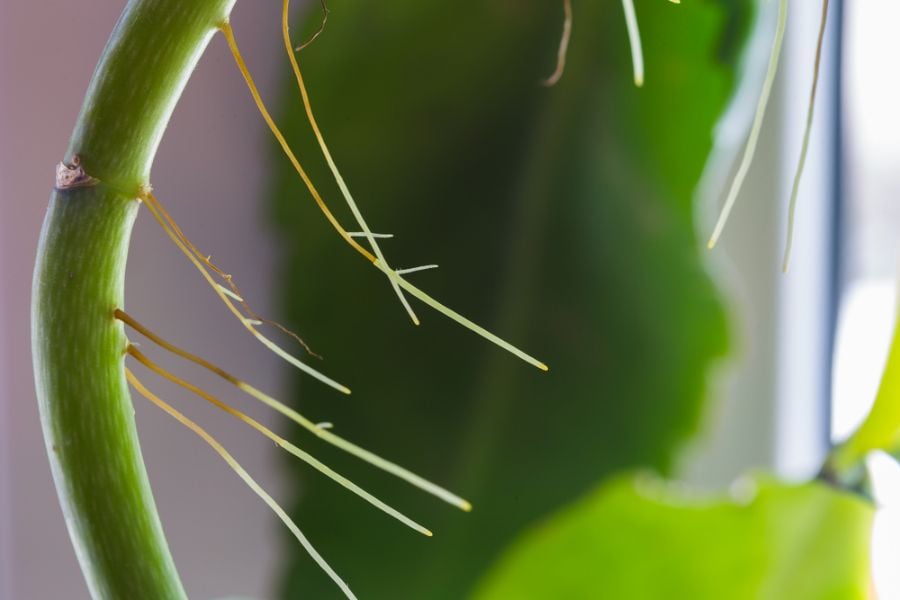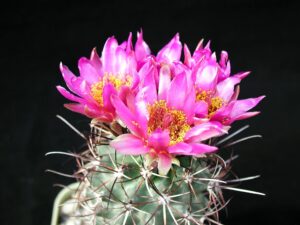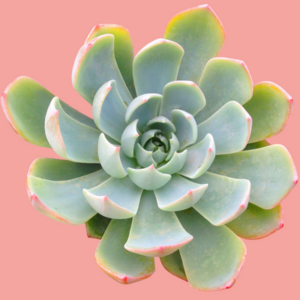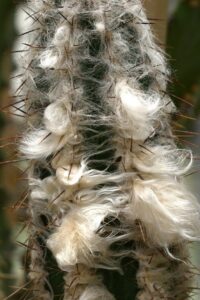Kalanchoe plants are revered in the succulent community for their resilience and captivating foliage. However, one of the most intriguing aspects of Kalanchoe care and propagation is the phenomenon of roots growing from the stem. This natural occurrence raises questions about the plant’s adaptability and its remarkable ability to thrive in various conditions. By understanding the significance of stem roots in Kalanchoe and employing effective propagation techniques, gardeners can harness this trait to cultivate new plants with ease.
Roots emerging from a Kalanchoe stem are not merely an oddity; they signify the plant’s ability to utilize its environment to its advantage. Native to Madagascar, Kalanchoe has evolved to survive in dry, arid conditions. The development of roots along the stem allows the plant to absorb moisture and nutrients from the air and surrounding substrate. This capability is particularly advantageous in stressful environments, where traditional root systems may struggle to extract necessary elements from the soil. Understanding the genetic and environmental factors that contribute to this phenomenon provides deeper insights into Kalanchoe cultivation and care.
In this exploration of Kalanchoe roots on stems, we will cover the basics of Kalanchoe propagation, delve into the unique aspects of stem rooting, and equip you with practical techniques for successfully growing new plants from these intriguing roots.
Propagation: The Beauty of Kalanchoe’s Vegetative Reproduction
At its core, Kalanchoe propagation is a testament to the plant’s remarkable resilience. Utilizing vegetative reproduction through stem cuttings presents an effortless way for enthusiasts to expand their collection. Vegetative propagation bypasses the seed germination stage, allowing for quicker and more reliable results.
The process of stem cutting is straightforward. Begin by selecting a healthy stem from a mature Kalanchoe plant, preferably one that exhibits fleshy leaves and vibrant color. Using sterilized scissors or a sharp knife, cut a section of the stem about four to six inches long. Allow the cutting to dry and callus over for a few days before placing it into well-draining soil or a suitable propagation medium such as vermiculite or perlite. The callusing process is crucial; it helps prevent rot while simultaneously promoting root development.
While Kalanchoe is quite forgiving, providing the most favorable conditions can enhance the success rate. Optimal lighting, warmth, and moisture levels are essential during the rooting process. Placing the cutting in a bright, indirect light source, along with maintaining a warm environment, significantly promotes root formation.
As the cuttings settle into their new environment, it is vital to monitor their progress. Within a few weeks, you may observe new growth emerging from the stem. This is a promising sign that roots are developing and the plant is adjusting to its new conditions. At this stage, be careful not to overwater, as Kalanchoe is susceptible to root rot, a condition that can jeopardize healthy growth.
Understanding the Vital Role of Stem Roots: Nature’s Ingenious Mechanism
The emergence of roots from the stem of a Kalanchoe is more than just a survival strategy; it reveals a deeper relationship between the plant and its environment. When roots form along the stem, they act as additional anchorage, allowing for better stabilization in adverse conditions. This adaptation is particularly essential for Kalanchoe, which may experience varying degrees of drought in its natural habitat.
The development of these roots serves dual purposes: to absorb moisture from the atmosphere and to utilize nearby nutrients more efficiently. By establishing a connection with the surrounding substrate, the Kalanchoe plant can thrive in nutrient-poor soils. The presence of stem roots showcases the plant’s extraordinary ability to adapt to its surroundings, reinforcing its hardiness and resilience.
When propagating from cuttings that display these roots, gardeners can capitalize on a plant’s ability to sustain itself even in the formative stages of growth. This remarkable feature serves as a testament to Kalanchoe’s evolutionary success and a source of inspiration for cultivators. It emphasizes the importance of nurturing the entire plant rather than merely focusing on root development. By honoring the plant’s holistic approach to growth, caregivers can foster healthier, more robust Kalanchoe species.
Tips and Tricks for Effective Kalanchoe Propagation from Stem Roots
To successfully propagate Kalanchoe using stem roots, consider several best practices that enhance the likelihood of success. Start with quality cuttings; selecting healthy stems not only ensures vigor but also minimizes disease risks. It is also worth noting that different Kalanchoe varieties may respond differently to propagation techniques, so take the time to research specific species for tailored advice.
When it comes to soil selection, prioritize well-draining mediums. The root system of Kalanchoe is adapted for limited moisture retention; thus, using soil that retains too much water may lead to rot. Incorporating perlite or sand into potting mixtures aids drainage and enhances aeration around the developing roots.
Additionally, employing humidity domes or clear plastic bags can create a microenvironment that encourages quicker root formation. The combination of warmth and humidity often accelerates the process, allowing new roots to establish more rapidly. After rooting, acclimatize the new plants to lower humidity levels gradually to ensure successful adaptation to their new conditions.
Finally, patience is key. While some cuttings may establish roots in a few weeks, others may take longer. Continually monitor moisture levels and environmental conditions, and resist the urge to disturb the cuttings excessively, as this may disrupt root development. Fertilizing sparingly with a diluted, balanced plant food after root establishment encourages robust growth, as Kalanchoe thrives with regular nutrient replenishment.
In conclusion, the phenomenon of Kalanchoe roots on the stem reflects the plant’s remarkable adaptability and invites curious minds to engage with its propagation. Understanding the mechanics behind this characteristic can elevate a gardener’s approach to Kalanchoe care and enhance the overall gardening experience. By experimenting with propagation techniques and developing an appreciation for the intricacies of Kalanchoe biology, enthusiasts can cultivate a diverse array of plants that thrive, endure, and captivate. Whether you are a seasoned gardener or a novice, the journey of propagating Kalanchoe from stem roots is one filled with wonder and fulfillment.





Leave a Comment